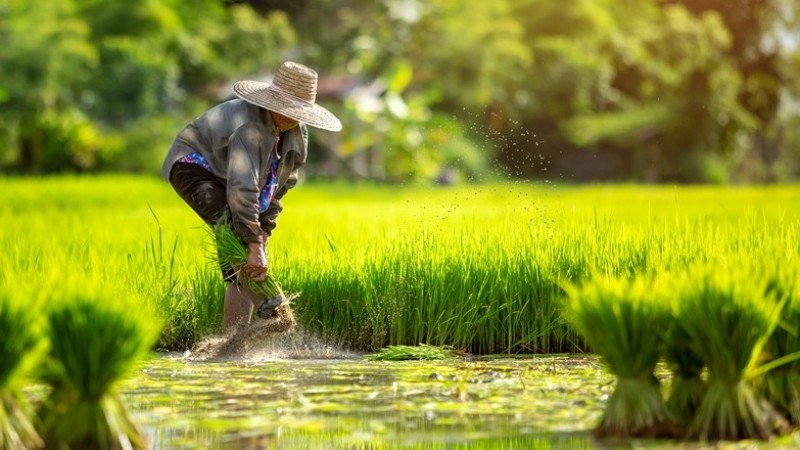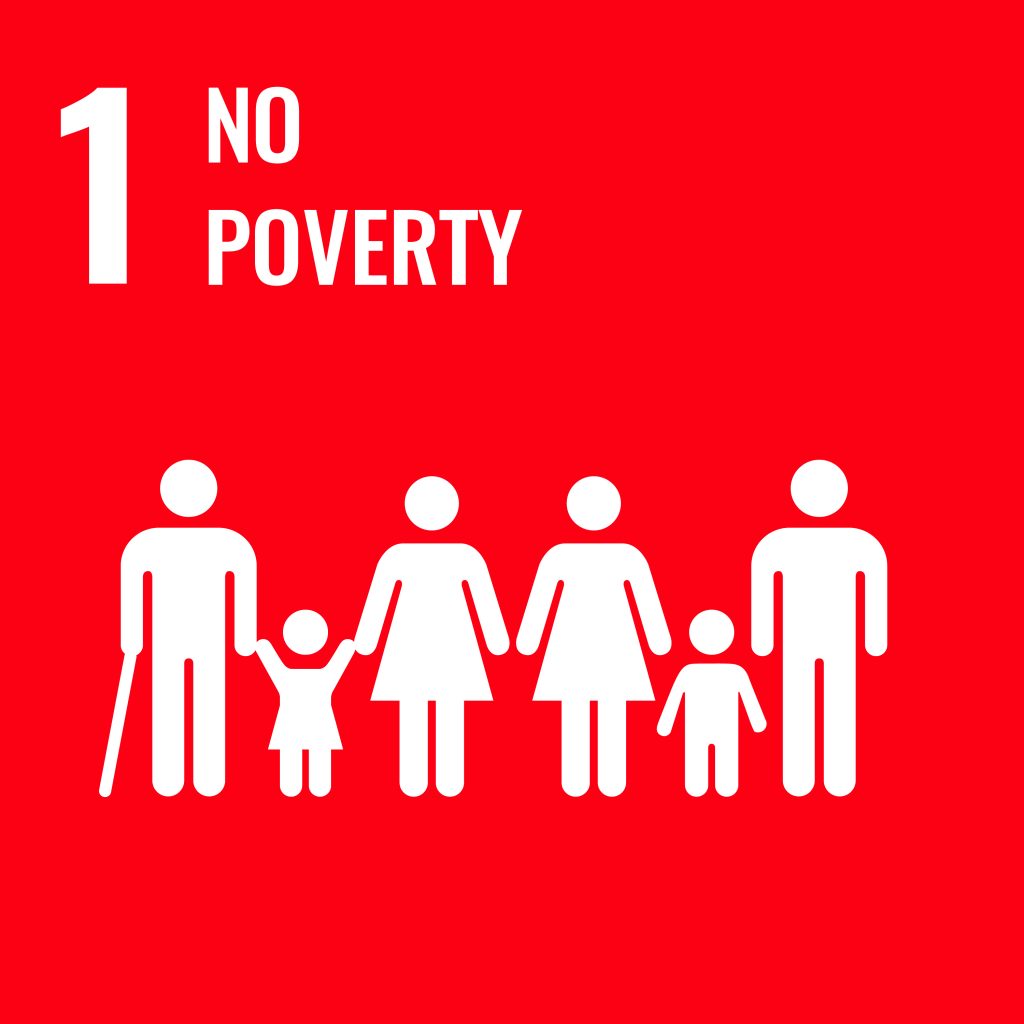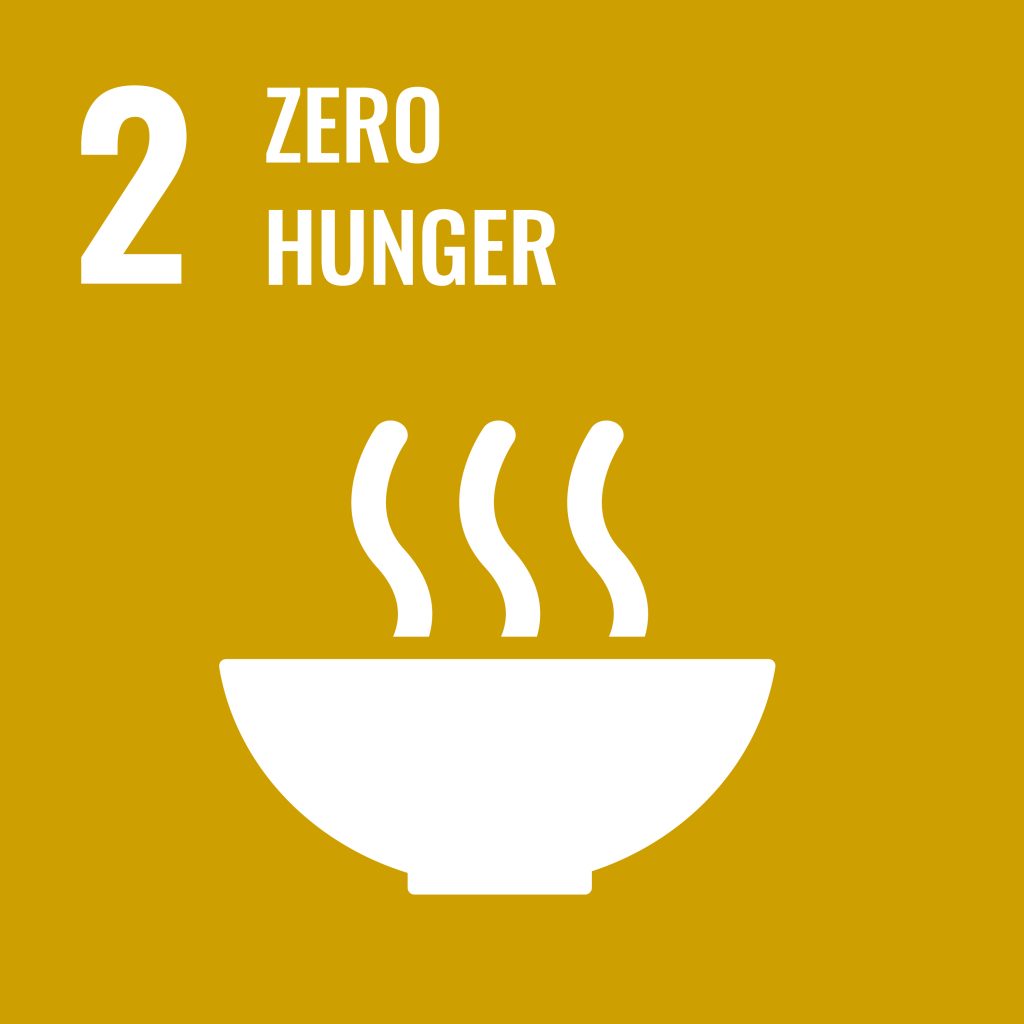 Illustration of Agriculture in Indonesia (Photo: mediatani.co)
Illustration of Agriculture in Indonesia (Photo: mediatani.co)
Global climate change is increasingly worsening the conditions in the agricultural sector in many countries, including Indonesia. Unpredictable weather patterns—such as floods, droughts, and storms—often lead to crop failure, directly affecting food security. In facing this challenge, agricultural insurance has become a critical solution, especially for smallholder farmers who are most vulnerable to these risks. This innovation plays a significant role in protecting farmers from losses caused by natural factors while also supporting the achievement of several Sustainable Development Goals (SDGs), particularly SDG 1 (No Poverty) and SDG 2 (Zero Hunger).
The increasing frequency of extreme weather phenomena is one of the primary causes of losses in the agricultural sector. In Indonesia, the impact of droughts caused by El Niño and floods triggered by La Niña has forced many farmers to experience crop failures. The government’s Agricultural Insurance Program (AUTP) is a significant step in providing protection to farmers from unpredictable climate risks. In addition to helping farmers recover from financial losses, this insurance allows them to continue producing, thereby supporting national food security and reducing rural poverty, which aligns with the achievement of SDG 1.
Globally, agricultural insurance also plays a key role in maintaining the stability of food production. According to research published in Global Environmental Change, weather-index-based agricultural insurance has been implemented in many developing countries, including India and East African nations. This approach allows farmers to receive compensation based on specific weather parameters, without the need for time-consuming field verification. With this method, the claims process can be done faster and more efficiently, helping farmers recover from natural disasters more quickly and maintaining agricultural productivity.
Furthermore, agricultural insurance also contributes to the achievement of SDG 13 (Climate Action). With financial protection, farmers are encouraged to invest in more sustainable agricultural technologies and practices, such as using weather-resistant seed varieties and water-efficient irrigation techniques. This innovation not only helps reduce losses due to climate change but also contributes to climate change mitigation efforts by reducing greenhouse gas emissions from traditional farming practices.
Digital technology increasingly plays a role in improving the effectiveness of agricultural insurance. In many countries, data from satellites and weather sensors are used to predict weather risks and determine more accurate insurance premiums. A study published in Agricultural Systems shows that the use of data-based technology can increase farmer participation in insurance programs and provide more targeted protection. This technology enables early detection of potential disasters, allowing farmers to take necessary preventive measures before the risk occurs.
However, challenges remain. Many farmers, especially in developing countries, do not fully understand the benefits of agricultural insurance. Broader education and support from governments and the private sector are needed to expand the coverage of this insurance. An article in the Journal of Risk and Insurance notes that limited access to formal financial services and a lack of financial literacy are major barriers for farmers in accessing agricultural insurance products. Therefore, collaboration between governments, financial institutions, and international organizations is essential to expand access and raise farmers’ awareness of the benefits of agricultural insurance.
Overall, agricultural insurance is an important tool in supporting global food security amid increasingly extreme climate change. Innovations in this sector not only provide protection to farmers but also contribute to the broader achievement of the SDGs, such as poverty reduction, climate action, and increased food security. With advancing technology and stronger cross-sector collaboration, agricultural insurance holds great potential to create a more sustainable future for farmers worldwide.
Keywords: Insurance, Agriculture, Climate Change
References
Jensen, N., Barrett, C. B., & Mude, A. (2017). Cash transfers and index insurance: A comparative impact analysis from northern Kenya. Global Environmental Change, 15, 1-11. https://doi.org/10.1016/j.gloenvcha.2017.05.001
Carter, M. R., Cheng, L., & Sarris, A. (2016). Where and how index insurance can boost agricultural investments and productivity. Agricultural Systems, 148, 1-12. https://doi.org/10.1016/j.agsy.2016.07.007
Cole, S. A., Stein, D. J., & Tobacman, J. (2014). Dynamics of demand for index-based weather insurance: Evidence from a long-run field experiment. American Economic Review, 104(5), 284-290. https://doi.org/10.1257/aer.104.5.284
Chantarat, S., Mude, A. G., Barrett, C. B., & Carter, M. R. (2013). Designing index-based livestock insurance for managing asset risk in northern Kenya. Journal of Risk and Insurance, 80(1), 205-237. https://doi.org/10.1111/j.1539-6975.2012.01463.x
Clarke, D., Mahul, O., Rao, K. N., & Verma, N. (2012). Weather based crop insurance in India. Policy Research Working Paper No. 5985. World Bank. https://doi.org/10.1596/1813-9450-5985



Author: Silvina Rosita Yulianti
